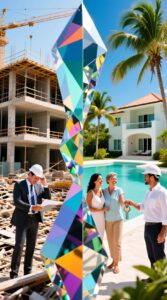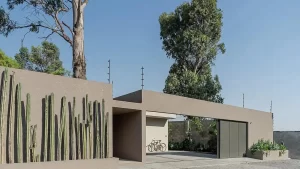Unveiling the Enchantment: Exploring Aesthetics and Functionality
In the realm of interior design, few elements capture the imagination quite like floating staircases. These architectural marvels defy conventional expectations, appearing to hover effortlessly in space while offering a striking visual focal point. Beyond their undeniable aesthetic allure, floating staircases boast functional benefits, maximizing space and enhancing the flow of natural light within a home. Join us on a journey as we delve into the captivating world of floating staircases, uncovering their aesthetic charm and practical advantages in modern architectural design.
The Design Concept: Understanding the Unique Traits of Floating Staircases
Floating staircases, also known as cantilevered or open-riser staircases, are architectural feats designed to create a sense of weightlessness and openness within a space. Unlike traditional staircases, which rely on visible support from both sides, floating staircases typically attach to the wall or are supported by hidden structural elements beneath each step. This innovative design approach allows the stairs to appear suspended in mid-air, imparting a sense of elegance and sophistication to any interior.
Minimalist Marvels: Exploring the Aesthetic Appeal
One of the defining features of floating staircases is their minimalist aesthetic. By eliminating the need for visible support structures, these staircases create clean lines and a sense of spaciousness, making them ideal for modern and contemporary interiors. Additionally, they offer a diverse material palette, including wood, glass, metal, or a combination of these, allowing for endless design possibilities to complement various architectural styles and personal preferences. Whether acting as a dramatic focal point in a grand foyer or a sleek addition to a minimalist living space, floating staircases epitomize the marriage of form and function in architectural design.
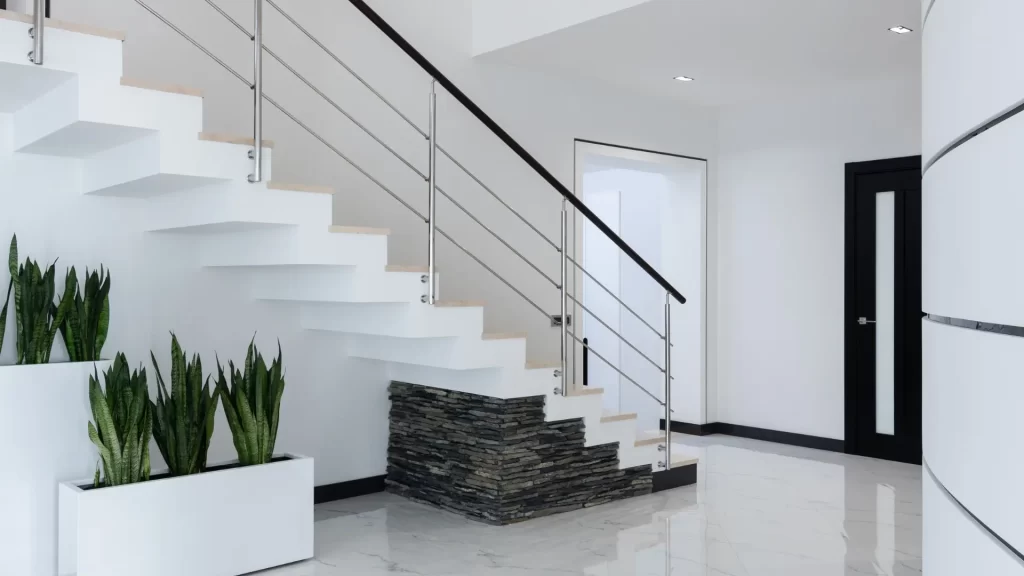
Material Matters: Crafting the Perfect Floating Staircase
When crafting a floating staircase, material selection plays a pivotal role in defining its aesthetic appeal and durability. Here are some popular options to consider:
- Wood: Timeless and versatile, wood offers warmth, elegance, and complements both traditional and contemporary design schemes. Hardwoods like oak, walnut, and maple are commonly used for their strength and natural beauty. They can be stained or painted to match the interior decor.
- Glass: For a sleek and modern look, glass creates a sense of transparency and lightness, allowing for unobstructed views and an illusion of space. Tempered or laminated glass ensures safety and durability.
- Metal: Exuding industrial chic and contemporary sophistication, metal staircases are popular for their strength and structural integrity. Steel, aluminum, and wrought iron are popular choices. They can be customized with various finishes like brushed, polished, or powder-coated.
- Combination: Combining materials allows for creativity and personalization. Pairing wood treads with metal or glass balustrades creates a striking contrast and adds visual interest.
Ultimately, the choice of material should be guided by factors like the overall design aesthetic, maintenance requirements, and budget. By carefully selecting the right materials, you can create a floating staircase that not only enhances the visual appeal of your space but also stands the test of time.
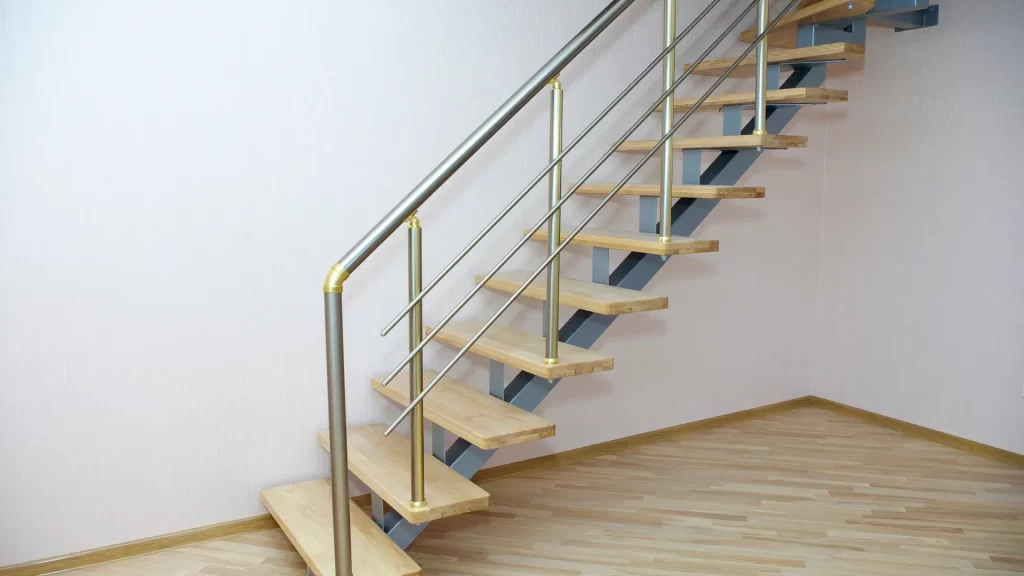
Adapting to Style: Integrating Floating Staircases into Different Designs
Floating staircases have the remarkable ability to integrate seamlessly into various design styles, adding a touch of modern sophistication to any space. Here’s how they can be adapted to different aesthetics:
- Contemporary: Clean lines, minimalist aesthetics, and sleek finishes define contemporary interiors. Opt for glass, metal, or a combination for a sleek and sophisticated look. Keep the design simple and uncluttered, allowing the staircase to be the focal point while harmonizing with the overall ambiance.
- Industrial: Raw materials and exposed elements are hallmarks of industrial design. Embrace the rugged charm of metal staircases with their sleek lines and utilitarian appeal. Consider pairing metal treads with steel balustrades or incorporating reclaimed wood accents for added warmth and texture.
- Scandinavian: Light-colored wood or white-painted finishes create a bright and airy look, enhancing the sense of lightness characteristic of Scandinavian design. Keep the design minimalistic and understated, with clean lines and subtle detailing that reflect the simplicity and functionality of this style.
- Transitional: Bridge the gap between traditional and contemporary styles by choosing materials and finishes that strike a balance between classic elegance and modern flair. Wood treads with ornate detailing or glass balustrades with sleek metal accents can achieve a harmonious blend of old-world charm and contemporary sophistication.
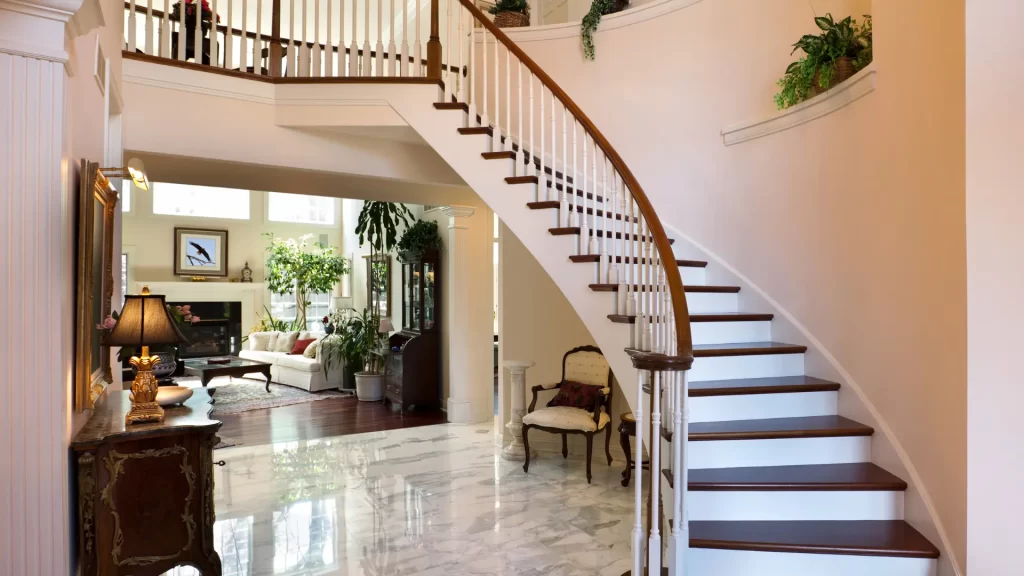
Installation and Maintenance: Practical Considerations for Implementing Floating Staircases
While floating staircases exude elegance and modernity, their installation and maintenance require careful planning and attention to detail. Here are some practical considerations to keep in mind:
1. Structural Integrity:
Floating staircases rely on robust structural support to ensure stability and safety. It’s essential to work with experienced architects, engineers, and contractors to:
Assess the structural integrity of your space: They can determine if your existing structure can support the weight of the staircase and anticipated foot traffic.
Determine the feasibility of installation: They can advise on any necessary reinforcements required to ensure a safe and structurally sound installation.
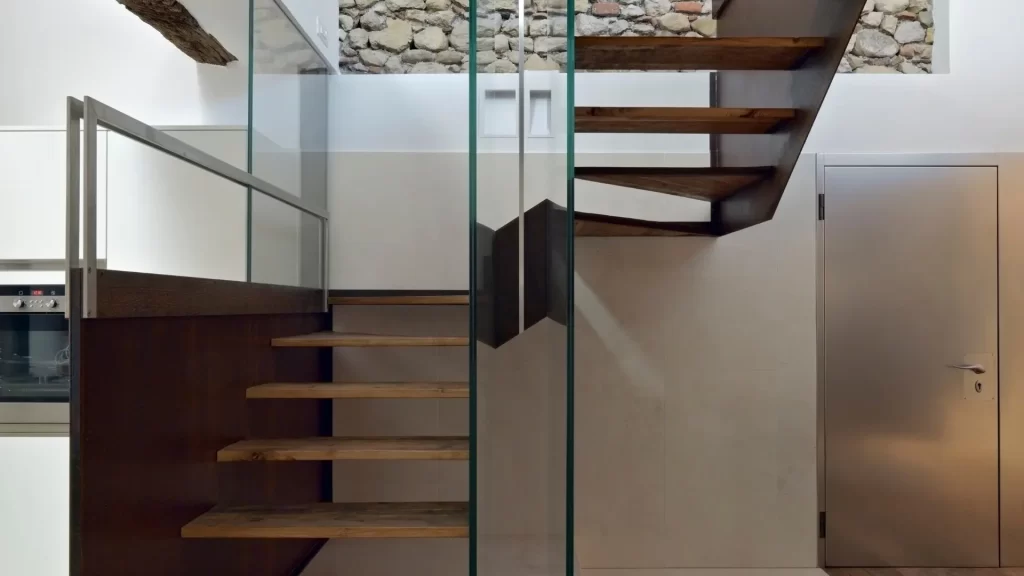
2. Professional Installation:
Due to their complex design and structural requirements, floating staircases should be installed by skilled professionals with experience in working with these architectural features.
Proper installation is crucial: It ensures the stability, safety, and longevity of the staircase. A reputable contractor will adhere to industry best practices and safety standards throughout the installation process.
3. Building Codes and Regulations:
Before installing a floating staircase, familiarize yourself with local building codes and regulations governing staircase design and construction. Compliance with building codes ensures that your staircase meets:
Safety standards: These regulations are in place to minimize the risk of accidents and injuries.
Regulatory requirements: These may involve factors such as minimum tread width, maximum riser height, and handrail specifications.
Consulting with a building inspector or code enforcement official can help ensure that your staircase project proceeds smoothly and meets all necessary legal requirements.
4. Material Selection:
Choose durable and low-maintenance materials for your floating staircase to minimize upkeep and ensure longevity. Consider factors such as:
Resistance to wear and tear: Opt for materials that can withstand everyday use and resist scratches, dents, and other forms of damage.
Ease of cleaning: Choose materials that are easy to clean and maintain, minimizing the time and effort required to keep your staircase looking its best.
Compatibility with your design aesthetic: The material should complement the overall style of your home and seamlessly integrate with other design elements.
Common materials for floating staircases include:
- Steel: Offers strength, durability, and a modern aesthetic.
- Glass: Creates a sense of transparency and lightness, ideal for maximizing natural light flow.
- Wood: Provides warmth, elegance, and versatility, complementing various design styles.
- Concrete: Offers a unique and contemporary look, ideal for modern and industrial spaces.
Each material offers unique aesthetic and functional properties, so carefully consider your needs and preferences when making your selection.
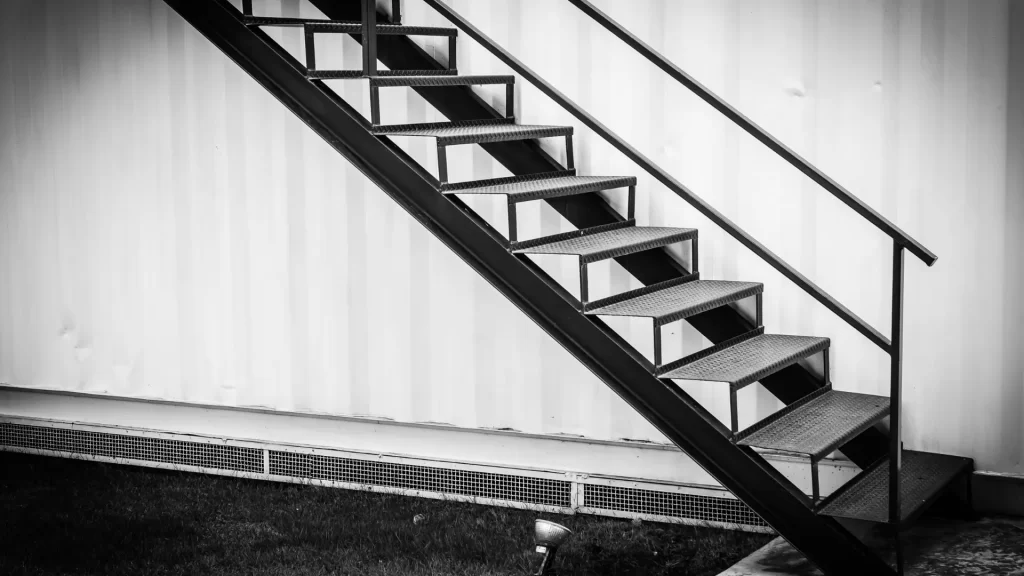
5. Regular Maintenance:
Like any architectural feature, floating staircases require regular maintenance to preserve their appearance and functionality over time. Depending on the materials used, maintenance tasks may include:
Cleaning: Regular cleaning with appropriate cleaning products will help remove dirt, dust, and debris, maintaining the aesthetic appeal of the staircase.
Polishing: Periodically polishing certain materials, like wood or metal, can help restore their shine and protect them from wear and tear.
Refinishing: Depending on the material and wear and tear, refinishing may be necessary to restore the original appearance and protect the surface.
Inspection: Regularly inspecting your floating staircase for signs of wear or damage, such as loose treads, cracks, or rust, allows you to address any issues promptly before they escalate into bigger problems.
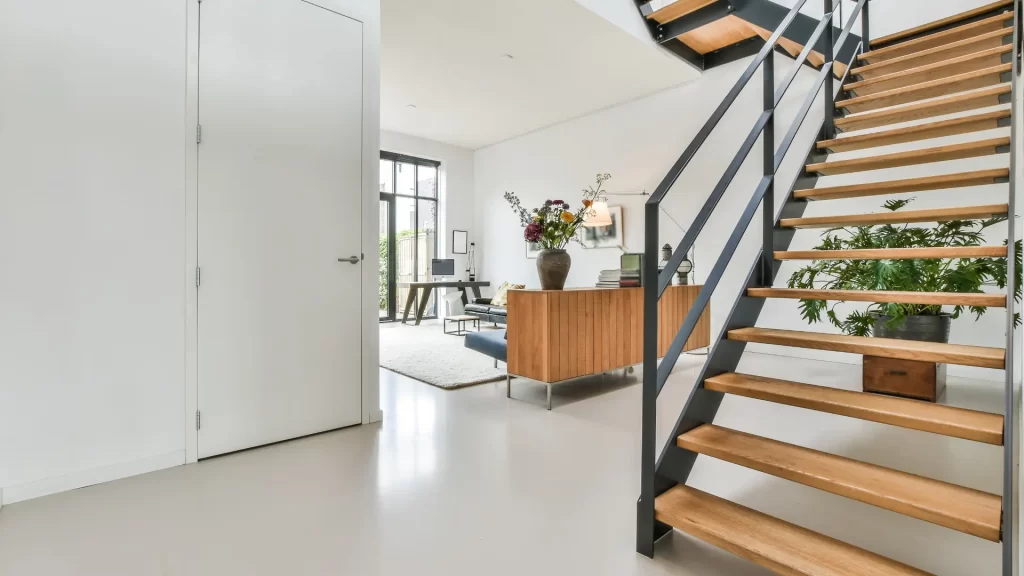
In conclusion, floating staircases offer a unique combination of aesthetic appeal and practical benefits. By carefully considering the design, materials, installation, and maintenance requirements, you can transform your space with a captivating architectural statement that embodies both style and functionality.

